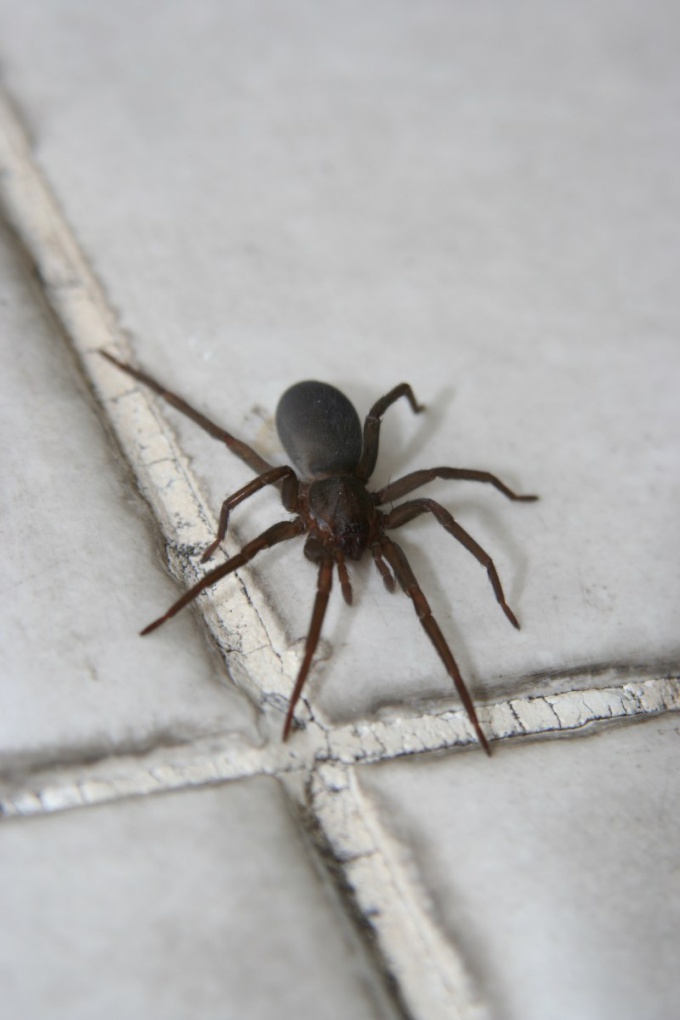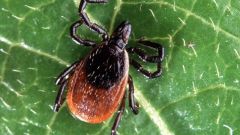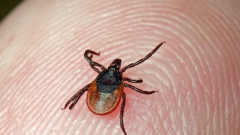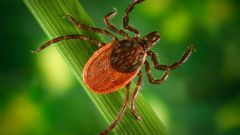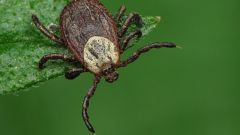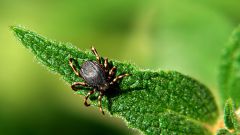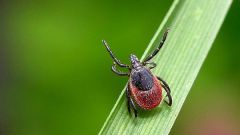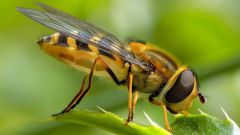Instruction
1
Carriers of tick-borne encephalitis, Lyme disease and other serious diseases are two kinds of ticks: the taiga and the dog. The first of these is most common in Siberia and the far East. In the European part of Russia circulated a dog tick. From taiga ticks red body with black pattern. Dog ticks like a gray pouch, all six legs and the head is ahead of them.
2
The moose tick is a carrier of encephalitis, but in August, which accounts for the peak activity of these insects, the moose tick is often confused with taiga. He has a flat body, tenacious, thick legs, sharp proboscis with which it pierces the skin. These ticks tend to climb in hair, where they are very difficult to pull out. They fly very bad and close. Wings they only need to fly to moose or deer. Then they drop their wings, and their whole future life is in the body of this wild animal. Per person moose ticks landed "by mistake". Their bites are very painful and unpleasant. But do not carry with them the danger of Contracting encephalitis. From taiga ticks them confused due to the particular "reset" wings. If you look closely, they have 6 legs, not 8, and their body structure is closer to the fly than to the taiga tick.
3
Working in agriculture or in the country, you can also face different types of mites. So, in the garden plots in may and June, many gardeners are seeing ticks ticks. These soil mites for humans not dangerous. They do not suck blood of humans and animals do not attack and feed mostly on reptiles and birds. Another common in rural areas, the form of clamp – gamasoidea mites. Their size is 0.3-4 mm, body yellowish. During the day they usually hide, and at night attack the fowls (chickens, etc.). Also, these insects can suck blood from rodents. In contact with infected birds and rodents can get rat or bird mite dermatitis. The people working with grain, you can face the granary mites. Their bites cause an allergic reaction, irritation and respiratory symptoms.
